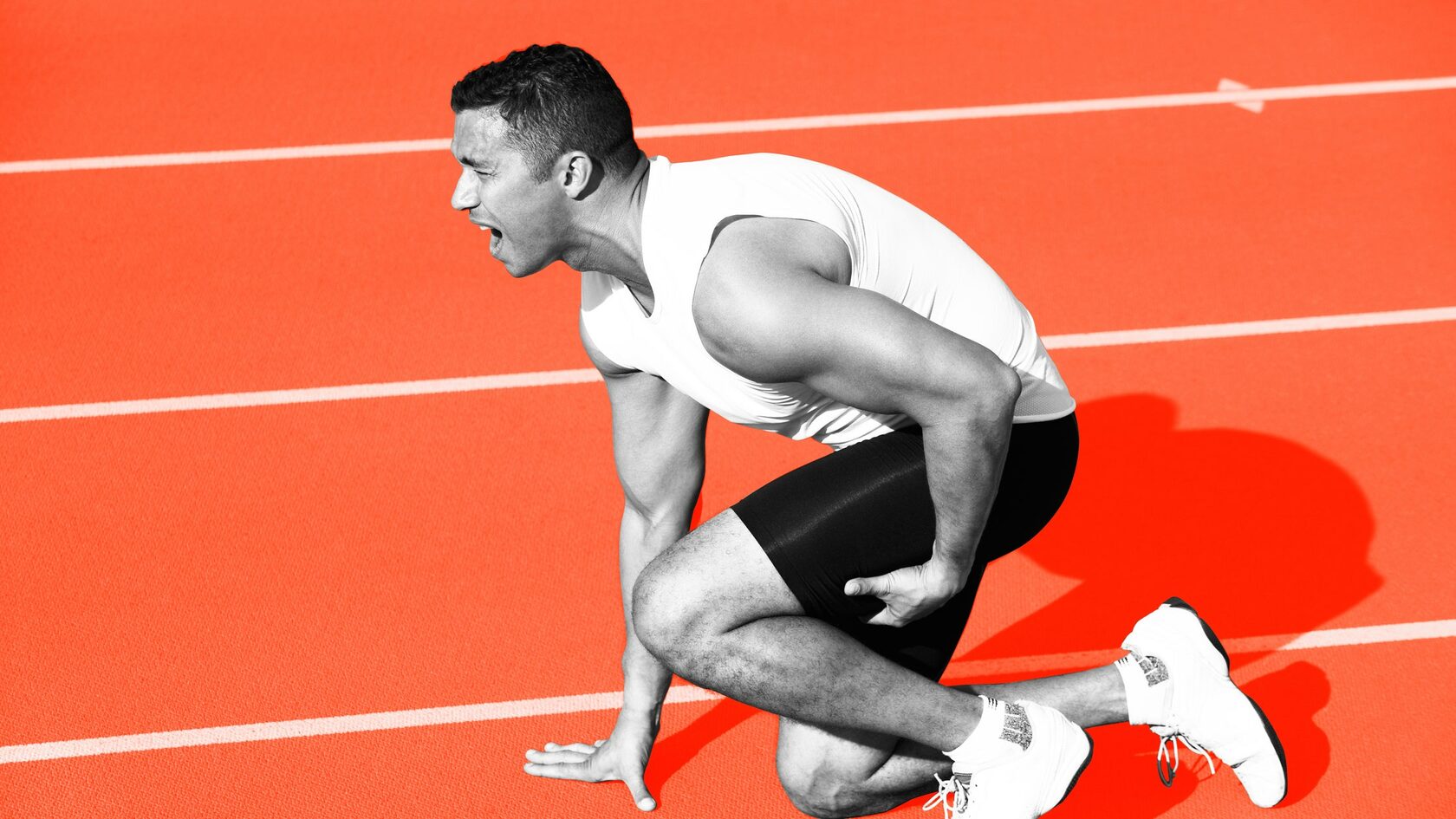Cramps are a regular companion of long-distance runners. Even the strongest runners in the world are prone to it. Can you actually be the one to escape cramps during a marathon?
The occurrence of cramps is associated with impaired neuromuscular control, which appears due to a large number of factors with the main one being prolonged muscle strain.
There is no easy way to prevent cramps. Drinking handfuls of salt tablets, magnesium or eating bananas as you run will not solve the problem. The most important way to systematically prevent cramps is to train your muscles in preparation or simply run enough at race level of intensity. However, even this does not guarantee 100% cramp avoidance.
As we get better at running, we begin to understand our bodies better and find ways to reduce the risk of cramps or even manage them while running.
Activate muscles before the race.
Already at the beginning of the race you feel pain in your muscles, similar to cramps. Easy activation will help to avoid it.
Personal example: at the Berlin Marathon I didn’t have time to warm-up properly. And already 5 km after the start, my left hamstring got so sore that it almost made me regret the lack of warm-up. This is how the muscle is “turned on” during running. How do you turn your muscles on beforehand?
- Do a full warm-up before the start. Don’t be afraid to get tired. So you avoid a painful moment on the course and maintain your running speed.
- A complete warm-up is 10–15 min of easy running and muscle activation exercises. Activation will turn on muscles beforehand.
- To activate the calves, you can do a series of light jumps up from two feet. The hamstring muscles are activated by a series of pelvic lifts or similar exercises.
In OMY! Sports app you get different strength exercises attached to workouts. Please use them or watch them directly on our YouTube channel. Choose this video to strengthen your legs' muscles.

Redistribute the load while running.
You feel the first signs of cramps approaching during a race. Do not ignore them in the hope for better. Even if they go now, the second wave of cramps will definitely stop you. What to do?
- Reduce stride length and increase cadence. This reduces the tension on the calf muscle and gives it a rest.
- If the cramps are felt in the left leg, do the main work of pushing the body forward with the right leg. And vice versa.
- After 1–2 minutes in this mode, the approaching cramps will gradually pass and you will be able to return to the usual cadence and pace, continuing to monitor the sensations in your legs.
- All these actions slow down running by 10–15 sec/km for 1–2 minutes but do not lead to walking, where you can lose much more time.
Do more running at race speed while training.
Сramps cause you to regularly switch from running to walking in the second half of the course.
- Setting aside factors like dehydration for whatever reason, you almost certainly didn’t do the right amount of training in the intense heart rate zone. Or didn’t do enough volume at all.
- Training volume starts to become critical starting at the 10km distance. For 21.1km and 42.2km, speed volumes become essential to minimize the risk of cramping.
- Roughly speaking, all your cramps should happen on long-tempo runs. That's where you can stop and then resume running.
Your training plan in OMY! Sports app regularly contains long tempo or progressive runs to provide the necessary stimulus to your muscles while getting ready to race.

Listen to your body and control it in the process. This way you will avoid a lot of trouble and increase your results.
OMY! Sports team.
